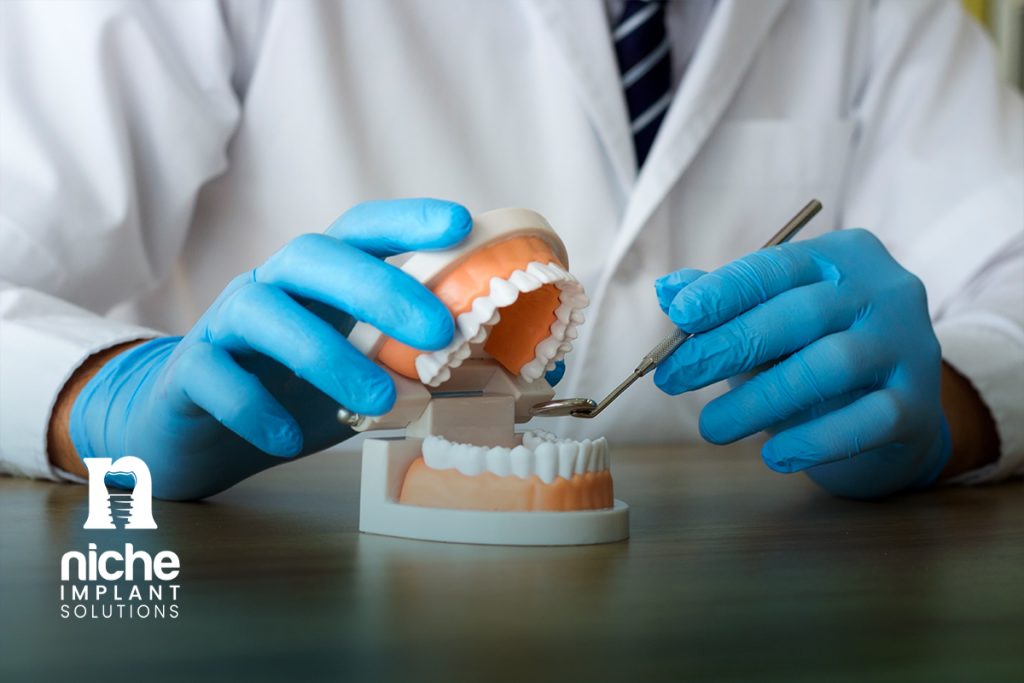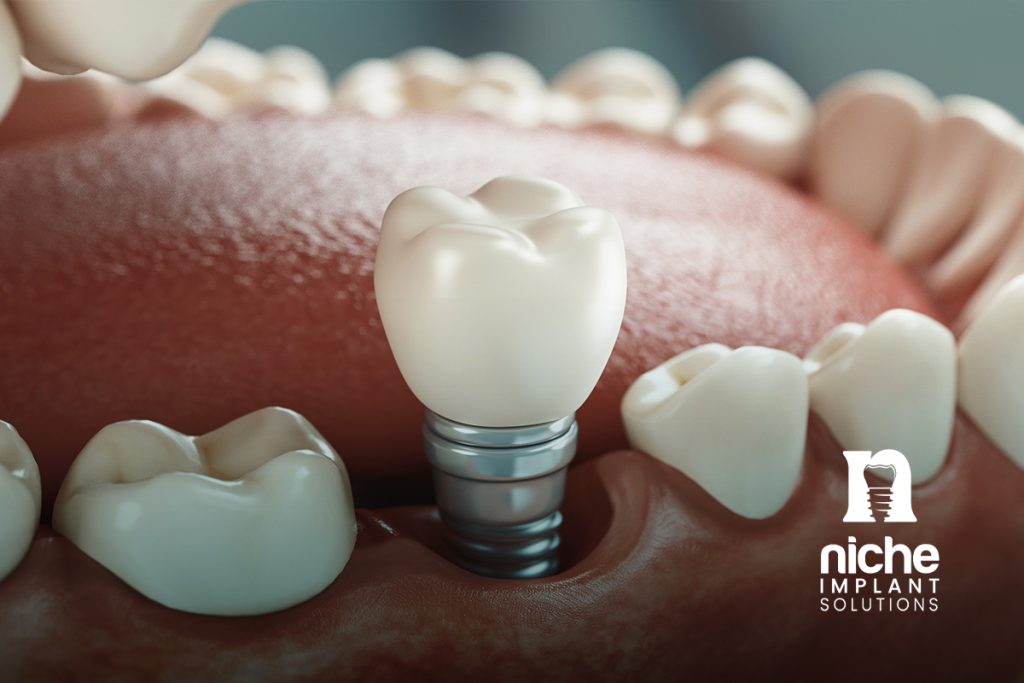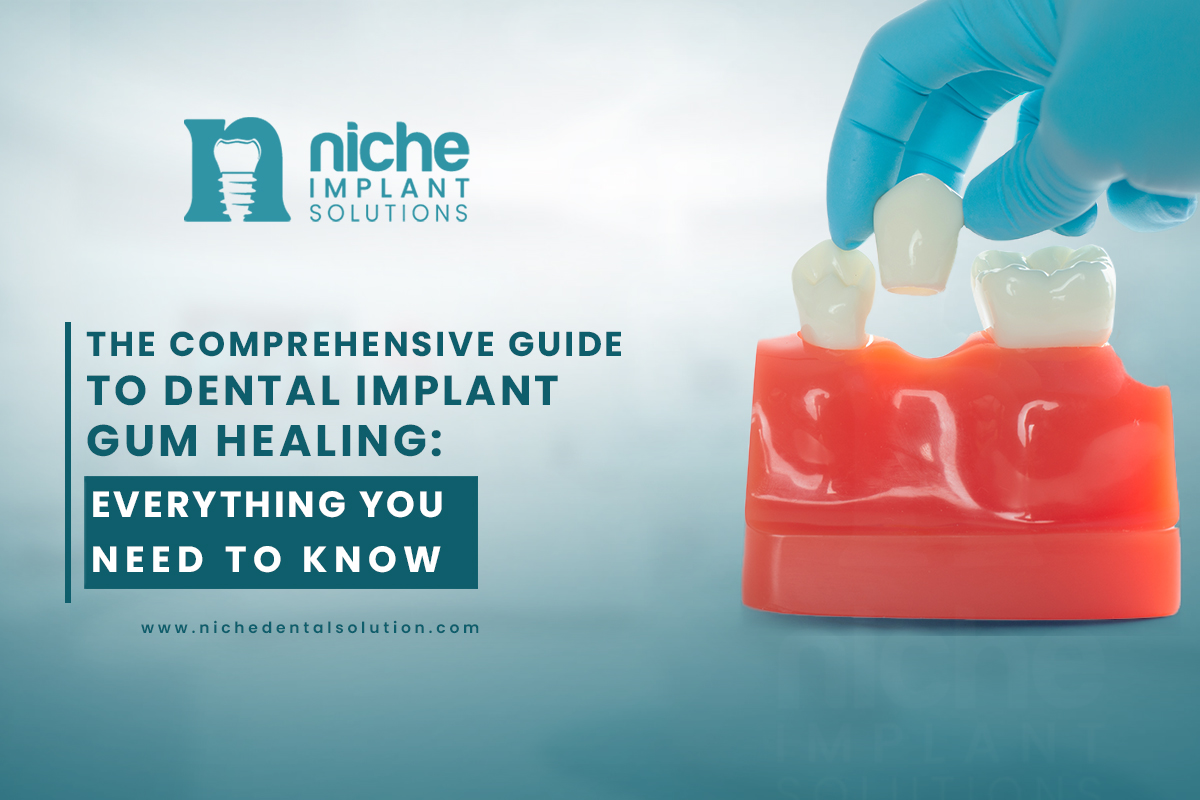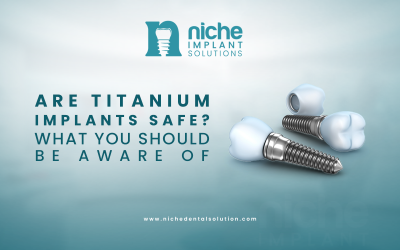Dental implants are a revolutionary tooth replacement option, offering a natural-looking and functional solution for missing teeth. However, successful implant treatment relies heavily on proper dental implant gum healing. This guide delves into everything you need to know about this crucial stage, including the healing timeline, what to expect, and tips for optimal recovery.
Understanding Dental Implant Gum Healing
Dental implant gum healing refers to the crucial phase following implant surgery where the gums undergo the process of regeneration and adaptation to the implanted structure. This process is vital for the long-term success of the implant, as it establishes a strong foundation for the prosthetic tooth.
The Phases of Dental Implant Gum Healing
The process of dental implant gum healing can be divided into several distinct phases, each playing a crucial role in the overall success of the procedure. These phases include:
- Initial Healing Phase:
Immediately after surgery, the gums undergo a natural response to trauma, leading to inflammation and swelling. During this phase, blood clot formation is essential for protecting the surgical site and initiating the healing process.
- Osseointegration Phase:
This phase occurs over several months and involves the integration of the implant with the surrounding bone tissue. Osseointegration is critical for ensuring the stability and longevity of the implant.
- Soft Tissue Healing:
Concurrently with osseointegration, the soft tissues, including the gums, also undergo healing and adaptation to the implant structure. Proper soft tissue healing is essential for achieving optimal aesthetics and function.
The Significance of the Initial Healing Phase
The initial healing phase following dental implant gum healing surgery marks the beginning of the body’s natural response to the implantation process. This phase is crucial as it sets the stage for subsequent healing processes, including osseointegration and soft tissue healing. During the initial healing phase, several key events take place:
- Blood Clot Formation: Immediately after surgery, blood clot formation occurs at the surgical site. This clot serves as a protective barrier, sealing the wound and preventing excessive bleeding.
- Inflammation and Swelling: In response to tissue trauma, the body initiates an inflammatory response characterized by swelling, redness, and heat. While inflammation may cause discomfort, it is a vital part of the healing process, as it helps to clear debris and initiate tissue repair.
- Cellular Migration: Specialized cells, including fibroblasts and macrophages, migrate to the surgical site to initiate tissue repair and regeneration. These cells play a crucial role in laying down the foundation for new bone and soft tissue formation.
Timeline of the Initial Healing Phase
The timeline of the initial healing phase can vary depending on various factors, including the patient’s overall health, the complexity of the surgery, and the quality of post-operative care. However, a general timeline for the initial healing phase is as follows:
Immediate Post-Operative Period (0-48 hours):
- During the first 48 hours following surgery, the focus is on controlling bleeding and managing pain and swelling. Patients are advised to rest and avoid strenuous activities.
Days 2-7:
- In the days following surgery, inflammation and swelling gradually begin to subside. The blood clot matures, providing a stable foundation for tissue regeneration to occur.
Days 7-14:
- By the end of the first week to two weeks post-surgery, the initial healing phase enters a critical stage. The blood clot is gradually replaced by granulation tissue, which serves as a scaffold for new tissue formation.
Weeks 2-6:
- As the initial healing phase progresses, granulation tissue matures into firmer connective tissue, providing structural support to the surrounding tissues. During this time, patients may begin to resume normal activities gradually.
Best Practices for Optimizing the Initial Healing Phase
To promote optimal healing during the initial healing phase following dental implant surgery, patients should adhere to the following best practices:

Follow Post-Operative Instructions:
It is essential to carefully follow the instructions provided by your dentist or oral surgeon regarding post-operative care, including medication use, diet restrictions, and oral hygiene practices.
Manage Pain and Swelling:
Over-the-counter pain medications and cold compresses can help alleviate pain and swelling during the initial healing phase.
Maintain Good Oral Hygiene:
Gentle brushing and rinsing with an antimicrobial mouthwash can help keep the surgical site clean and free from bacteria.
Avoid Smoking and Tobacco Products:
Smoking can significantly impair blood flow to the gums, delaying healing and increasing the risk of complications. It is crucial to avoid smoking or using tobacco products during the initial healing phase.
The initial healing phase in dental implant gum healing is a critical stage that lays the groundwork for the success of the entire implant procedure. By understanding the significance, timeline, and factors influencing this phase, patients can take proactive steps to optimize healing and maximize the long-term success of their dental implants. If you’re considering dental implants, be sure to consult with a qualified dentist or oral surgeon to discuss your options and develop a personalized treatment plan tailored to your needs.
Understanding Osseointegration in Dental Implant Gum Healing
Osseointegration refers to the process by which the dental implant fuses with the surrounding bone tissue, creating a strong and durable bond. This phenomenon was first discovered by Swedish orthopedic surgeon Per-Ingvar Brånemark in the 1950s and has since revolutionized the field of implant dentistry. Osseointegration plays a pivotal role in the success of dental implants by providing stability and support for the prosthetic tooth.
ِAlso look: Demystifying Dental Implant Materials: A Guide for Dentists, Dental Technicians, and Patie
Mechanisms of Osseointegration
The process of osseointegration involves a series of complex biological events that occur at the interface between the implant surface and the surrounding bone tissue. These mechanisms include:
Initial Contact:
Following implant placement, the implant surface comes into contact with the bone tissue, initiating a series of biochemical signals.
Blood Clot Formation:
A blood clot forms around the implant, providing a scaffold for the migration of osteogenic cells and precursor cells.
Osteoblast Activity:
Osteoblasts, specialized cells responsible for bone formation, migrate to the implant surface and begin to lay down new bone matrix.
Bone Remodeling:
Over time, the newly formed bone matrix undergoes remodeling, resulting in the formation of mature, lamellar bone that integrates with the implant surface.
Timeline of Osseointegration
The timeline of osseointegration can vary depending on various factors, including the patient’s overall health, the quality of the bone tissue, and the type of implant used. However, a general timeline for osseointegration is as follows:
- Initial Contact (0-3 days): During the first few days following implant placement, the implant comes into direct contact with the bone tissue, initiating the osseointegration process.
- Bone Formation (3-6 weeks): Over the next few weeks, osteoblasts migrate to the implant surface and begin to lay down a new bone matrix. This stage is critical for establishing a stable interface between the implant and the surrounding bone tissue.
- Maturation (6-12 weeks): As osseointegration progresses, the newly formed bone matrix undergoes remodeling, resulting in the formation of mature, lamellar bone. By the end of this stage, the implant is firmly integrated with the surrounding bone tissue.
Factors Influencing Osseointegration
Several factors can influence the success of osseointegration in dental implant gum healing, including:
- Bone Quality:
The density and quality of the bone tissue at the implant site play a significant role in determining the success of osseointegration. Dense, healthy bone tissue provides a more stable foundation for implant integration.
- Surgical Technique:
The skill and precision of the surgeon can impact the success of osseointegration. Proper implant placement and surgical technique are essential for ensuring optimal contact between the implant surface and the surrounding bone tissue.
- Implant Design:
The design and surface properties of the implant can influence osseointegration. Implants with roughened surfaces have been shown to promote faster and more robust osseointegration compared to smooth implants.
- Patient Factors:
Certain systemic conditions, such as diabetes and autoimmune disorders, can impair the body’s ability to heal and negatively impact osseointegration.
Optimizing Osseointegration for Successful Dental Implant Gum Healing
To optimize osseointegration and promote successful dental implant gum healing, patients and dental professionals should consider the following strategies:
Pre-Operative Evaluation:
A thorough pre-operative evaluation, including a comprehensive assessment of bone quality and quantity, is essential for identifying potential risk factors and optimizing treatment planning.
Proper Implant Selection:
Selecting the appropriate implant size, design, and surface properties based on the patient’s anatomical and physiological characteristics can enhance osseointegration and improve long-term implant success.

Post-Operative Care:
Following implant placement, patients should adhere to strict post-operative protocols, including maintaining good oral hygiene, avoiding smoking, and attending regular follow-up appointments to monitor osseointegration progress.
The osseointegration phase plays a critical role in the success of dental implant gum healing, providing the foundation for stable and long-lasting implant restorations. By understanding the mechanisms, timeline, and factors influencing osseointegration, patients and dental professionals can work together to optimize treatment outcomes and ensure the longevity of dental implants. If you’re considering dental implants, be sure to consult with a qualified dentist or oral surgeon to discuss your options and develop a personalized treatment plan tailored to your needs.
Factors Affecting Dental Implant Gum Healing
Several factors can influence the process of dental implant gum healing, including:
- Patient’s Overall Health: Systemic conditions such as diabetes and autoimmune disorders can impact the body’s ability to heal effectively.
- Oral Hygiene Practices: Proper oral hygiene, including regular brushing, flossing, and antimicrobial rinses, is crucial for preventing infection and promoting gum healing.
- Smoking: Tobacco use can significantly impair the body’s ability to heal, increasing the risk of implant failure and complications.
- Surgical Technique: The skill and precision of the surgeon play a vital role in minimizing trauma to the surrounding tissues and promoting optimal healing.
Tips for Promoting Dental Implant Gum Healing
To ensure successful gum healing following dental implant surgery, patients should adhere to the following tips:
Follow Post-Operative Instructions:
It is essential to carefully follow the instructions provided by your dentist or oral surgeon regarding post-operative care, including medication use, diet restrictions, and oral hygiene practices.
Maintain Good Oral Hygiene:
Regular brushing and flossing are essential for keeping the surgical site clean and free from bacteria that could cause infection.
Attend Follow-Up Appointments:
Regular follow-up appointments with your dentist allow for close monitoring of the healing process and early detection of any complications.
Avoid Smoking and Tobacco Products:
Smoking can significantly impair gum healing and increase the risk of implant failure. It is crucial to avoid smoking or using tobacco products during the healing period.
Eat a Healthy Diet:
A balanced diet rich in vitamins and minerals is essential for supporting the body’s healing process. Avoid hard, crunchy, or sticky foods that could irritate the surgical site.
Common Complications of Dental Implant Gum Healing
While dental implant surgery is generally safe and effective, certain complications can arise during the gum healing process, including:
- Infection: Bacterial infection at the surgical site can lead to inflammation, pain, and delayed healing.
- Peri-Implantitis: This condition, characterized by inflammation and bone loss around the implant, can result in implant failure if left untreated.
- Implant Failure: In some cases, the implant may fail to integrate with the surrounding bone tissue, leading to loosening or displacement.
Conclusion:
Dental implant gum healing is a complex process that requires careful attention to detail and proper post-operative care. By understanding the phases, factors, and best practices associated with gum healing, patients can maximize the success of their dental implant procedure and enjoy the benefits of a healthy, functional smile for years to come. If you’re considering dental implants, be sure to consult with a qualified dentist or oral surgeon to discuss your options and develop a personalized treatment plan tailored to your needs.
Nurturing New Roots: A Guide to Dental Implant Gum Healing with Niche:
Congratulations on taking the exciting step towards a revitalized smile with dental implants! While the implants themselves are a technological marvel, a crucial element for long-term success lies in dental implant gum healing.
At Niche, we understand the importance of a smooth and comfortable recovery. We offer a comprehensive range of high-quality products specifically designed to support dental implant gum healing. This guide delves into the healing process, potential challenges, and the solutions we offer to ensure optimal results.
Why Choose [Your Company Name] for Your Dental Implant Gum Healing Journey?
We understand the importance of a positive experience during dental implant gum healing. Here’s what sets us apart:
- High-Quality Products: Our products are carefully formulated with premium ingredients, ensuring safety and effectiveness for sensitive post-surgical care.
- Focus on Patient Comfort: Every product is designed with your comfort and well-being in mind, promoting a smooth and pain-free healing experience.
- Comprehensive Support: We offer a wide range of solutions to address various challenges that may arise during dental implant gum healing.
Investing in Your Smile: The Long-Term Benefits of Optimal Healing
Proper dental implant gum healing is an investment in your long-term oral health. By prioritizing optimal healing, you ensure the success of your dental implants, promoting a healthy and functional smile for years to come. With Niche by your side, you can confidently navigate this crucial stage and enjoy the full benefits of your dental implants.
Embrace a Brighter Smile with Niche
At Niche, we are committed to empowering you with the tools and knowledge you need for a successful dental implant gum healing journey. Contact us today to explore our range.





0 Comments